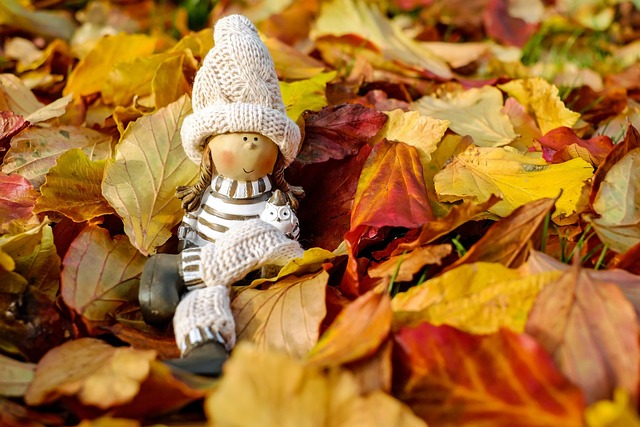When delving into the world of photography, one may often overlook the fundamental component that elevates an image from simple documentation to compelling art: composition. Among the myriad of elements that contribute to composition, figures play a defining role in transforming not only how we perceive a photograph but also how we feel about it.
Figures within a photograph guide viewers’ eyes, leading them to explore the narrative the image unfolds. Whether it’s a solitary figure standing against the backdrop of a dramatic sunset or a group of people engaged in an interaction, these elements help to create an emotional connection. This connection is pivotal, as it allows a fleeting moment captured by a camera to resonate deeply with the audience. The inclusion of figures can bring life and vitality to your imagery, inviting viewers to step into the scene and experience it for themselves.
When composing your shots, consider not only the subjects but also the positioning of figures within the frame. The rule of thirds serves as an excellent guideline, encouraging photographers to place elements along the intersecting lines or at their intersections. This technique can introduce balance and harmony into your photographs, directing attention to figures in a way that feels natural and engaging.
Moreover, optics play a crucial role in enhancing the portrayal of figures. The choice of lens, for example, can dramatically alter how a figure is perceived in a space. A wide-angle lens may exaggerate the surroundings, making a figure appear small within vast landscapes, while a telephoto lens can draw attention to the figure, isolating it against a blurred background. This selective focus is a powerful tool in storytelling through photography, allowing emotions to be conveyed with precision.
Understanding lighting is another essential aspect when working with figures. The way natural light interacts with your subjects can create depth and dimension and sculpt the nuances of a figure’s features. During golden hour, for instance, the warm tones can add an ethereal quality, while harsh midday sunlight can create strong contrasts, emphasizing the contours of the form. As a photographer, experimenting with different lighting conditions can lead to fascinating interpretations of your figures.
Let’s not forget the importance of context and environment in your compositions. Figures aren’t merely subjects; they exist in a world. The settings you choose to place your figures in can amplify the mood of your photo. An urban backdrop can convey a sense of hustle and emotion, while a serene landscape can invite calm and reflection. Consider how placing a figure against these contrasting environments can influence the narrative you present to your audience.
As you embark on your photographic journey, remember that the art of composition lies in the thoughtful integration of figures. They are more than mere subjects; they are storytellers, catalysts of emotion, and guides that lead viewers through your photographic vision. So, grab your camera, immerse yourself in the beauty of optics, and begin to explore how you can use figures to reinforce your narratives and inspire others with your photography.



